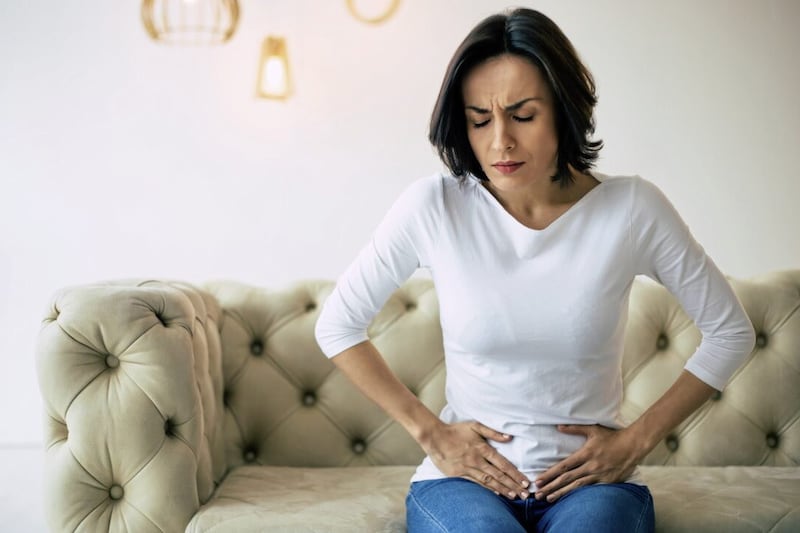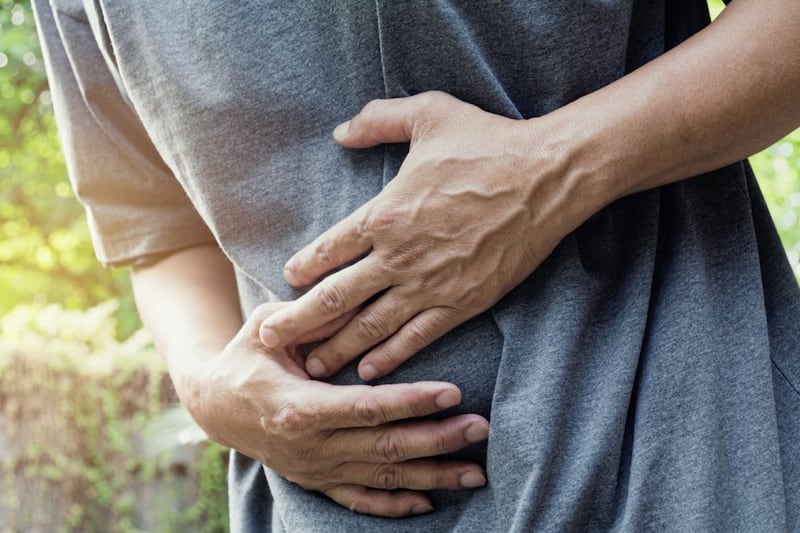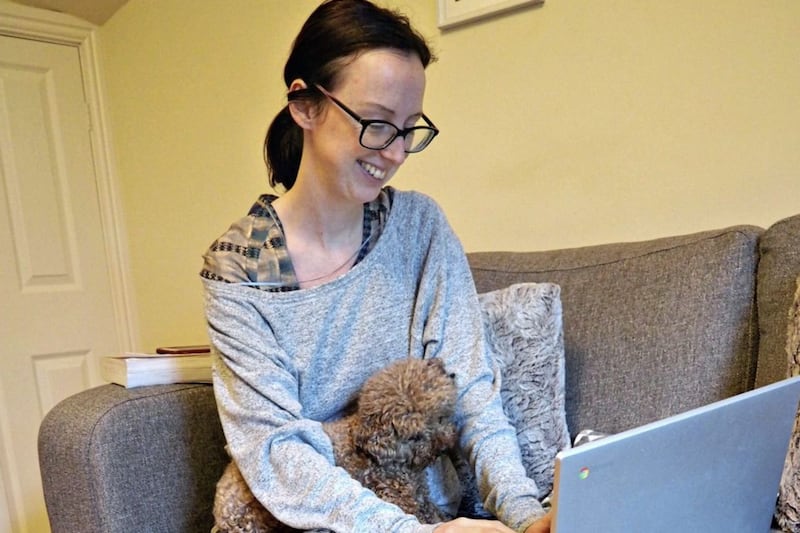WHAT springs to mind when you hear the words inflammatory bowel disease (IBD)? Dodgy bellies, toilet troubles?
The two most common forms of IBD are Crohn's disease and ulcerative colitis. Yes, both are digestive conditions, but there's a lot more to them than that.
About 300,000 people in the Britain and the north are known to be living with IBD, though the actual figure is believed to be much higher; it can take years to get a proper diagnosis for these types of conditions because symptoms can be vague and similar to more common problems, such as irritable bowel syndrome, and lots of people could be suffering in silence.
Lifestyle and dietary changes, along with medication, can help manage the disease and reduce inflammation, but sometimes surgery's required.
Jenna Farmer was diagnosed with Crohn's disease in 2012 and is now a nutritional therapist who writes about gut health on her blog, A Balanced Belly (Abalancedbelly.co.uk).
She recently published her first book, Managing IBD: A Balanced Guide To Inflammatory Bowel Disease, in which she points out that symptoms of these conditions can extend far beyond the bowels.
Here, she shares nine symptoms you might not be aware can be linked to IBD.
1. Eye inflammation
IBD can affect all parts of the body, even our eyes. Episcleritis is the most common eye condition for those with IBD. It affects the layer of tissue that covers the white outer coating of our eyes and causes it to become inflamed and sore.
2. Erythema nodosum
This is a sore and painful skin condition that causes painful lumps on the arms and legs. It's estimated up to 10 per cent of those with ulcerative colitis and up to 15 per cent of those with Crohn's disease may experience this.
3. Loss of menstrual cycle
Women with IBD may suffer from irregular cycles or the absence of periods altogether. This is thought to be due to various factors, such as nutritional deficiencies, disease activity or weight loss.
4. Night sweats
This is often worse during flare-ups and can also be the side effect of several medications prescribed for IBD.
5. Constipation
We always associated diarrhoea as a classic IBD symptom, but many patients can suffer from constipation, too. This is usually due to inflammation or an obstruction.
6. Fatigue
Crohn's and Colitis UK estimate that up to 75 per cent of IBD patients struggle with fatigue and many complain about constantly low energy levels. Fatigue often improves when patients are in remission, but some find it never goes away completely.
7. Vitamin D deficiency
It's well known that those with IBD may be low in iron and B12, but it's likely they'll suffer with low vitamin D levels, too. Recent research suggests about 30 per cent of people with IBD are also deficient in the sunshine vitamin.
8. Joint pain
Inflammation of the joints is a common complication of IBD. It's estimated one in three patients experience it and symptoms are often worse during a flare-up.
9. Mouth ulcers
These are another common symptom and the first obvious sign of IBD in some individuals.






